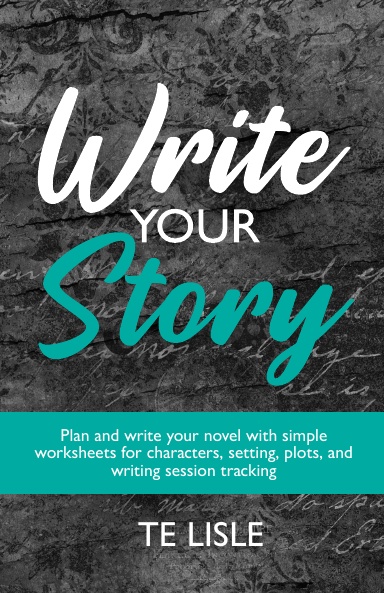I may not be great with description, but I love writing dialog. I find it to be one of the most fun parts of the process and it really helps me to understand how my characters interact with the people around them.
I know it’s not for everyone, though, so here’s some things you should keep in mind when writing dialog between two or more characters.
You should learn something new or reinforce something established
Banter is a lot of fun, but when two people are talking, there should be some purpose behind the conversation. Either this should be a time to introduce some new information or there should be some reinforcement of information that has already been established that you want to remind the audience of. Ideally, conversations should at some point touch on one of these three elements:
- The plot
- The characters
- The setting or atmosphere
The characters should want something different
In order to keep a conversation interesting, the characters involved should have some different motivations or goals for the conversation. Some form of tension or motivation to keep revealing information or emotions will keep the conversation going and give you more opportunity to play with the characters.
It’s important to note that this does not necessarily mean conflict. This could be as simple as one character wants to know what is going on because they are scared and the other character wants to explain what is going on because they want the other to calm down. If it is two characters just stating the same information with no tension it gets dull.
Their voices should be different
This does not mean give everyone an accent. This does mean that it should be clear who is speaking without a dialog tag.1 I find this can be the trickiest part of crafting dialog, especially if you haven’t given much thought to how characters talk.
This is, however, a great time to draw on a character’s background and use it. If they are stern, serious, and to the point, you can use shorter sentences. If they are younger, they may have different slang terms. If they are from different areas, they may have different accent words or terms of endearment2 and different ways of using them with people.
What other tricks do you have for crafting dialog?

Write Your Story: Unlock Your Creative Potential
Are you ready to embark on a journey into the world of storytelling? Look no further! Introducing Write Your Story, a comprehensive resource designed to fuel your imagination, enhance your storytelling skills, and bring your characters to life. Whether you’re an aspiring writer, a seasoned author, or simply someone who loves crafting stories, this workbook is your ultimate companion.
This Workbook Contains:
- Story planning spreads
- Setting and location spreads
- Character spreads
- Writing session tracker